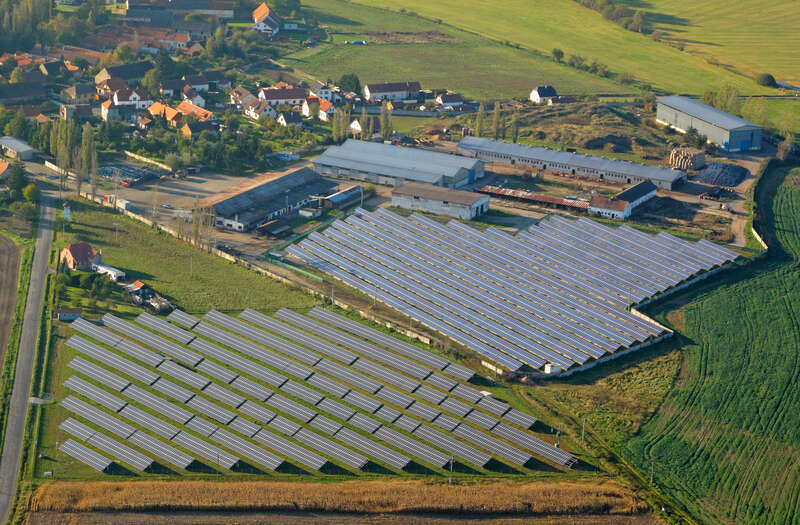Europe’s grid infrastructure needs a great deal of modernization, not just to bring it up to today’s standards, but also to incorporate more renewables, EVs, heat pumps, energy storage, and other technologies in the future. Eurelectric, the Federation of the European electricity industry, reports that the distribution grids in Europe are old, lack the necessary capacity, face cumbersome permitting processes, and require a substantial multi-billion-euro investment to modernize.
Another approach would be to improve capacity through innovation: optimization, digitalization, and greater flexibility to manage and distribute electrical loads efficiently, thus maximizing efficiency. Data sharing among system operators, market participants, and national authorities is crucial for better planning and decision-making.
Europe has ambitious targets for 2030: approximately 50 to 60 million heat pumps, 65 to 70 million electric vehicles (EVs) and over 600 gigawatts of additional renewable energy capacity added, which will mostly be connected to the grid, needing additional power.
Eurelectric’s recent grid report suggests how reform of the European electricity market can put this forward-looking approach into action by incentivizing proactive investments, long-term grid planning, digitalization, flexibility, and advanced data sharing.
However, there is a Euro 7 billion ($7.65 billion) annual investment gap projected by Eurelectric. This will grow each year making the ambitious targets increasingly tricky unless swift action is taken by both the EU and national governments.
This could be partly ameliorated by more flexible contracts and permitting. Regulators could incentivize system operators to invest in digitalization for a smarter grid, utilizing AI and other recent technological innovations to increase efficiency.
Electricity users could also contribute to grid management by adjusting their consumption during less congested hours through demand-side response schemes and local flexibility markets. This would need “smarter” grid management systems for more flexibility, and financial incentives for consumers to change their habits.
Powerful data-sharing mechanisms could assist system operators to forecast emerging generation patterns and capacity requests accurately in real time, but would need substantial protections for the consumer’s privacy and to protect the networks against cyber attack.








